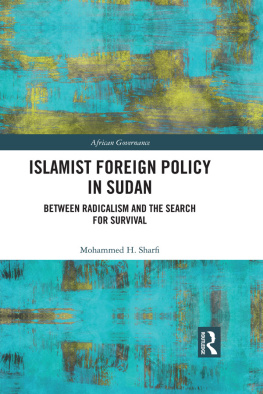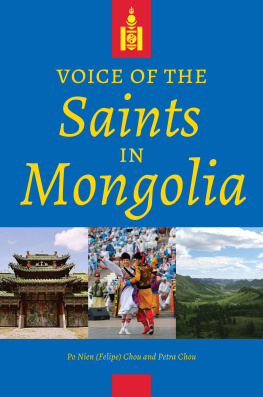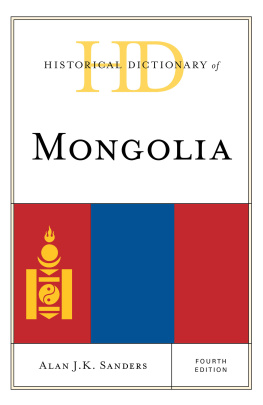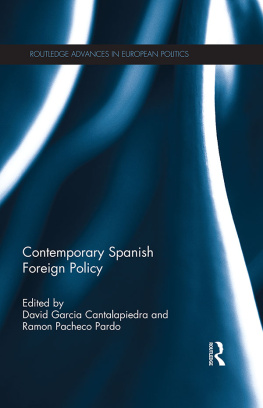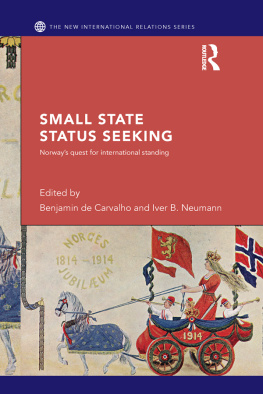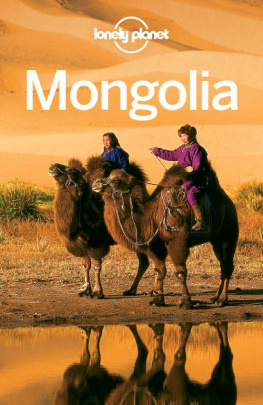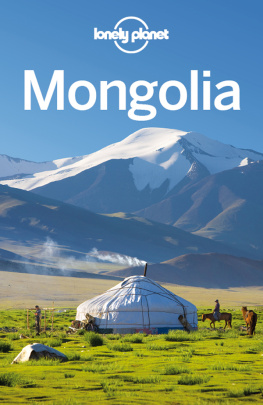MONGOLIA in TRANSITION
NORDIC INSTITUTE OF ASIAN STUDIES
Studies in Asian Topics
12. ISLAM: STATE AND SOCIETY
Klaus Ferdinand and Mehdi Mozaffari (Editors)
13. ASIAN TRADE ROUTES
Karl Reinhold Hrellquist (Editor)
14. HUNTING AND FISHING IN A KAMMU VILLAGE
Darnrong Tayanin and Kristina Lindell
15. RENEGOTIATING LOCAL VALUES
Merete Lie and Ragnhild Lund
16. LEADERSHIP ON JAVA
Hans Antlv and Sven Cederroth (Editors)
17. VIETNAM IN A CHANGING WORLD
Irene Nerlund, Vu Cao Dam and Carolyn Gates (Editors)
18. ASIAN PERCEPTIONS OF NATURE
Ole Bruun and Arne Kalland (Editors)
19. IMPERIAL POLICY AND SOUTHEAST ASIAN NATIONALISM, 19301957
Hans Antlv and Stein Tnnesson (Editors)
20. THE VILLAGE CONCEPT IN THE TRANSFORMATION OF RURAL SOUTHEAST ASIA
Mason C. Hoadley and Christer Gunnarsson (Editors)
21. IDENTITY IN ASIAN LITERATURE
Lisbeth Littrup (Editor)
22. MONGOLIA IN TRANSITION
Ole Bruun and Ole Odgaard (Editors)
23. ASIAN FORMS OF THE NATION
Stein Tnnesson and Hans Antlv (Editors)
MONGOLIA
In
TRANSITION
edited by
Ole Bruun
and Ole Odgaard
Nordic Institute of Asian Studies
Studies in Asian Topics, No. 22
First published in 1996 by Routledge
2 Park Square, Milton Park, Abingdon,
Oxon, OX14 4RN
Transferred to Digital Printing 2006
ISBN 0-7007-0418-3 [Hardback]
ISBN 0-7007-0441-8 [Paperback]
ISSN 0142-6208
Nordic Institute of Asian Studies 1996
While copyright as a whole
is vested in the Nordic Institute of Asian Studies,
copyright in the individual papers
belongs to the authors. All rights reserved.
No paper may be reproduced in whole or part
without the express permission of
author, publisher or editors.
British Library Catalogue in Publication Data
A CIP catalogue record for this book
is available from the British Library
Publisher's Note
The publisher has gone to great lengths to ensure
the quality of this reprint but points out that some
imperfections in the original may be apparent
Contents
Rolf Gilberg and Jan-Olof Svantesson
Ole Bruun and Ole Odgaard
Dennis P. Sheehy
Ole Bruun
Alicia J. Campi
Ole Odgaard
Barbara Skapa and Ann Fenger Benwell
Tom Ginsburg and Gombosuren Ganzorig
Badarchyn Enkhbat and Ole Odgaard
Erik Baark
Alan J.K. Sanders
Ole Bruun and Ole Odgaard
Erik R. Skaaning
List of Figures
List of Tables
Acknowledgements
We would like to express our appreciation of the professional work performed on this volume by Gerald Jackson, Leena Hoskuldsson and Liz Bramsen, all of the Nordic Institute of Asian Studies, on which the speed and quality of the production has depended. Our thanks are also due to the staff of the Mongolia Society for help in widening the scope of contributions to this volume.
On behalf of the group of authors, we express our gratitude to all Mongolian authorities and staff who provided information for the volume or otherwise assisted the authors during their stay in Mongolia.
The Editors
Note on Spelling and Illustrations
Throughout this book we attempt to adhere to modern Mongolian name usage, even when the earlier Western spelling has had wide international currency as in the case of Genghis Khan and Ulan Bator (spelt here as Chinggis Khan and Ulaanbaatar respectively). In a similar vein, pinyin is used for transcriptions from the Chinese except (as in the name Chiang Kai-shek) where its use would obscure meaning.
Some of the illustrations used in this volume are based on traditional Mongolian motifs. However, the majority draw on the sketches of the Khalkha lama, Lodai. In 1938, the Danish explorer, Henning Haslund-Christensen, was in Hohhot (Inner Mongolia's capital) collecting samples of folk music. Here he was assisted by Lodai who translated and explained the meaning of these songs. Often, Lodai reinforced his explanations with small sketches, usually scenes from everyday Mongol life. Haslund-Christensen returned to Denmark with these drawings and today they are held in the Ethnology Department of the National Museum of Denmark. Our thanks go to the Danish National Museum for permission to make use of these illustrations in this volume.
 | Introduction
Climbing out of the Black Hole
Ole Bruun and Ole Odgaard |
Throughout recorded history, the Central Asian steppes provided an overland channel of communication between major centres of civilization in Eurasia. But it was more than that; Central Asia was where all the adjacent civilizations of China, India, Islam and Europe connected and interacted with one another. With the technological development of seagoing vessels and the rise of nation states in recent centuries, however, the foci of world history moved seawards and westwards, while simultaneously the peoples of Central Asia tended to lose significance and, more important, gradually lost power over their territories.
While factors like geography and ecology perhaps prevented the development of nation states in Central Asia, for centuries the entire region lay open for territorial expansion of shifting powers. Around the turn of the twentieth century, however, a marked change occurred as the region became a target for imperial rivalry among the major world powers what is usually termed the Great Game.1 Despite its crucial role in previous centuries, Central Asia later became perhaps the most neglected area in the study of the world and its history.
The establishment of the Soviet Union and its long international segregation contributed to the impression of Central Asia as a black hole in the middle of the world.2 During the long period of Soviet dominance, Mongolia earned a reputation of being among the most obscure and remote places on earth. Visas to stay in the country were hard to come by, independent research was nearly impossible and news was scant and mostly controlled.
In terms of Mongolia's eventual independence, however, it would be a mistake to characterize such conditions as mainly negative. For a considerable part of its modern history, Mongolia has benefited from playing the role of a buffer zone between China and the Soviet Union. Active support from Russia and later the Soviet Union initially enabled Mongolia to break away from the collapsing Qing Dynasty and thereafter at several points prevented China from regaining control. Even so, and despite Soviet dominance, from 1918 until the Chinese communist victory, Mongolia remained nominally under Chinese suzerainty. Only in 1950 was Mongolian independence recognized by Mao Zedong; still, Mongolian-Chinese relations have been problematic. Mongolia entered a new phase in its history when, between 1987 and 1991, the Soviet Union collapsed and Moscow's exclusive dominance over the larger part of Central Asia finally ceased.


